GENDER EQUITY
DISCUSSIONS & ART
Issue 6 | Roots









The GenZine Collective would like to acknowledge that this zine was created on the lands of the Wurundjeri and Boon Wurrung Peoples. We pay our respects to the elders of the Kulin nation past & present, and extend that respect to any First Nations people who come across GenZine. We acknowledge that sovereignty was never ceded, that this land was stolen and no acknowledgement will give it back or right past wrongs.
We would also like to recognise that Aboriginal and Torres Strait Islander Peoples, especially women and gender diverse people in Australia, continue to face social and economic disadvantage. We recognise the pain of genocide, assimilation practices, hate speech and structural disadvantage. We recognise the negative and misleading portrayals of Aboriginal peoples, as well as the omission of their voices, that has been prevalent in mainstream media publications.
We urge you to be aware of the ground you stand on, the air you breathe and the nuances of the world you engage with. We are standing on Aboriginal Land.
GenZine is a Melbourne-based zine exploring gender equity through art and conversation. We believe living self-reflective lives means examining the structures and ideas we inherit, including ideas around gender and sexuality.
GenZine delves into the struggles, joys and questions stirred up living in a gendered world. We believe that sharing our imaginative and honest approaches to these issues can open up new ways of being and connecting in divided times.
GenZine have dug our roots deep and grown our branches wide this year.
We’ve run zine-making and gender equity workshops in collaboration with Women’s Health in the North, Banksia Gardens Community Centre, the Centre Against Sexual Assault, and Footscray High School; we put on a wholesome April ‘crafternoon’ for GenZine community members to get their art on; attended the annual Young Achievers Awards VIC as a semi-finalist for the 2024 Group Achievement in the Community Award; worked with Ground Network to run a fabulous Drag Bingo fundraiser night at Pride of Our Footscray Bar; and donated $1000 to Palestine Australia Relief and Action, supporting Palestinian refugees fleeing genocide to live in Australia.
Our very own Hannah (qualified Hatha Yoga teacher) facilitated a new series: GenZine Yoga: Embodied Social Justice, where GenZine offered structured community care through four free seasonal yin yoga sessions at the Phoenix Youth Centre, Footscray.
Finally, 2024 was the year we expanded our team to include the delightful Bani and Sarah - their hard work and insight have been invaluable in our zine- and launch-planning process.
A massive thanks to Maribyrnong City Council, whose grant made this issue possible, and to Hot House Community Projects, for being our auspice organisation. As always, much love to our endlessly patient graphic designer (@aleisha.earp).
To all who entrusted us with their art in Issue 6: Roots - our heartfelt thanks for the careful, gentle searching you did to map your roots with us. Fossicking together in the dirt of where we come from leads us all to a vaster appreciation of diversity, deeper places of connection, and greater heights of love.
Yours in resistance, community & love,
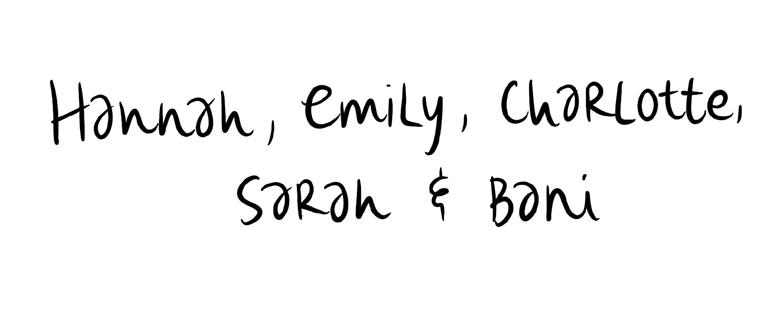

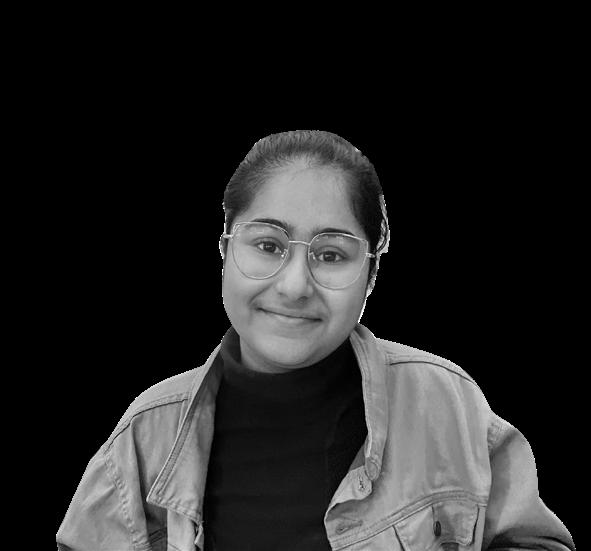

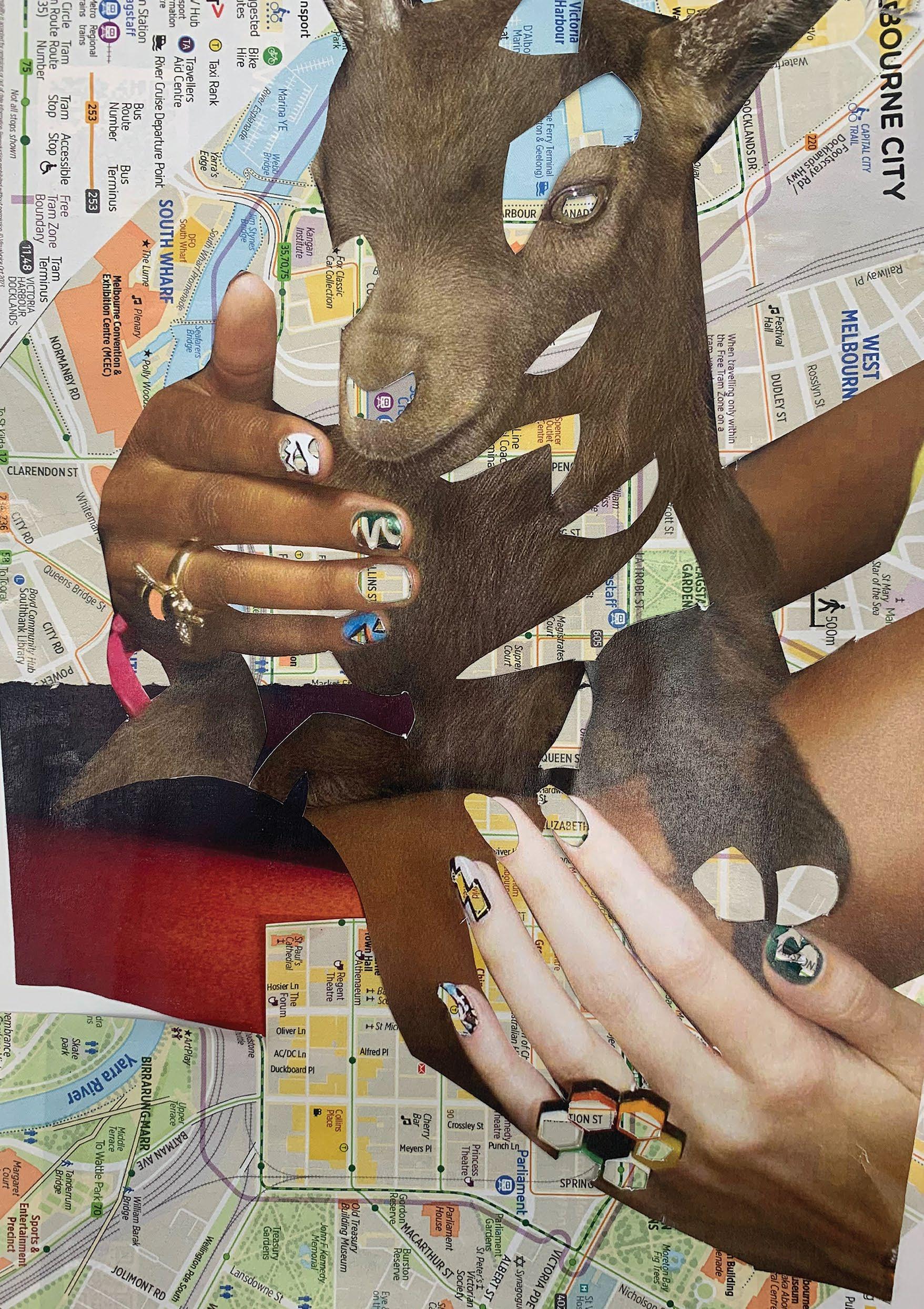
Stephanie Cini (she/her)
/
We cannot go back to Eden.
She has been razed to the ground for a place where everything is forbidden and nothing is permitted. Fiends roam around scratching at our bodies and souls, keeping us scarred and dazed, drunk with intrusive thoughts. All the while the vultures circle, the sky cries fire, and the seas grow tall.
Left without house or home, songs are sung to pass the time. Songs of prayer to be fed to the wolves, lions, and sharks as we trust in them to be kinder and quicker. Choirs never ceases their harmonious pleas and bargains for a miracle, for a memory of a time where we truly believed in our safety instead of wanting to burrow down deep.
But if we did burrow down deeper, we would see that buried beneath the soil and toil and under the sins and germs, lies Eden. Our tears have sustained her while she lies in a state of hibernation; our pain for her life. There will be a day where she will crawl through the mud, rise up, and rule with a velvet glove instead of the iron fist. She will not be perfect but she will be good.
Until that day, Eden rests.
Sarah Glover (she/her)
/ and all these paths, these threads, these vine branches of my history take root within me.

they entangle themselves around my bones, growing along my limbs, making braids amongst my veins.
they encircle my heart, caress my lungs, weaving patterns in my ribs.
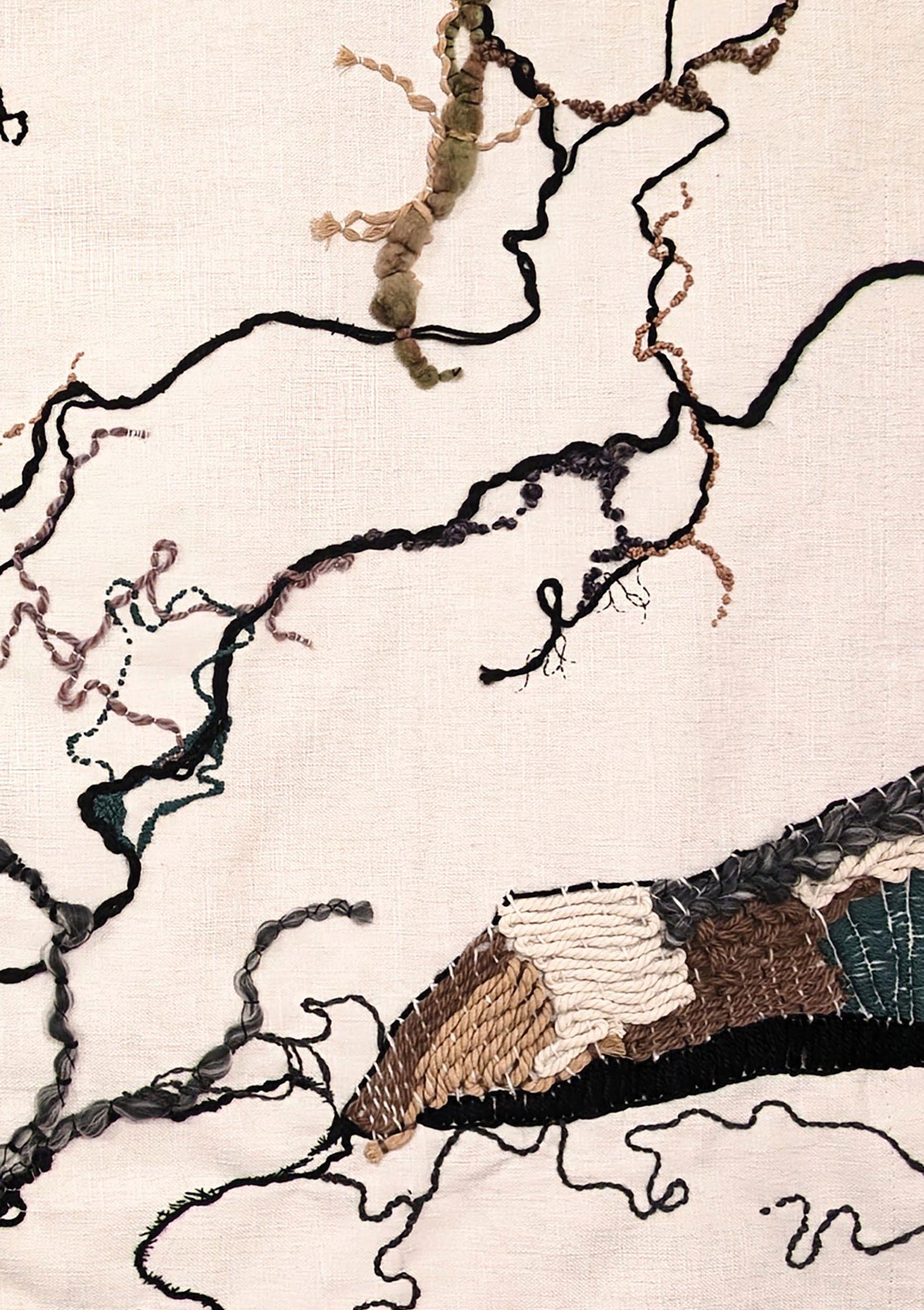
wherever i go, these roots will always be my home.
Elsie Daddow /
All things are possible with God. According to the embroidery that sits on the shelf above my bed. The cross-stitched lettering fit with flowers, butterflies and a bunny rabbit.
My grandmother made this, and I’ve had it in my possession for I don’t know how long. Handed down to me along with her creativity, love and dedication. Her faith neatly stitched into a five by eight inch piece of cloth.
And now it’s ready to be unpicked one stich at a time, each thread carefully untangled, laid out to be rewoven anew.
I’m grateful for her faith. For her skill and conviction and love. All the tools I need to explore and create my own sense of meaning. Maybe it will look different, but the threads of her gift will still be part of its fabric.


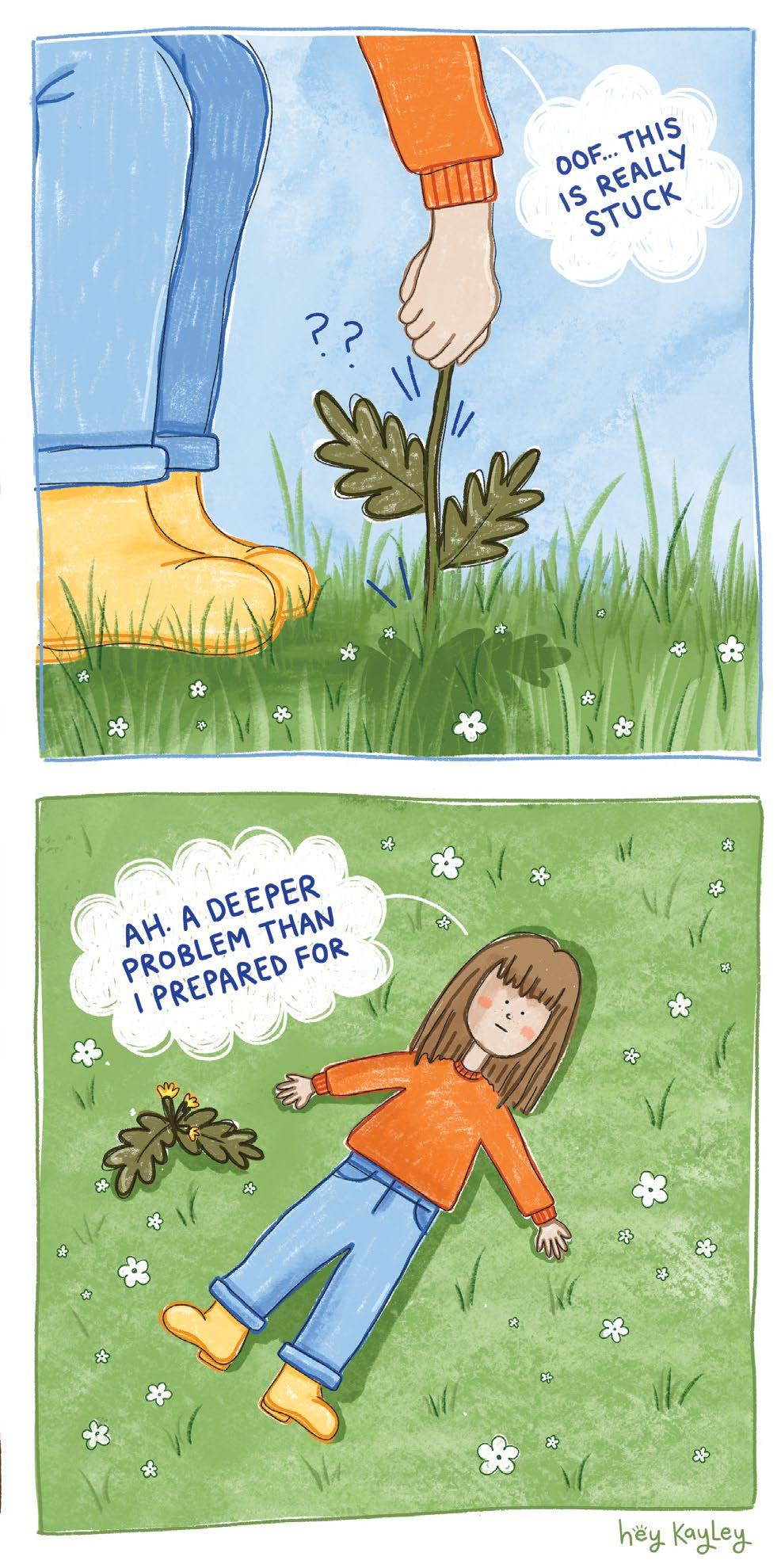
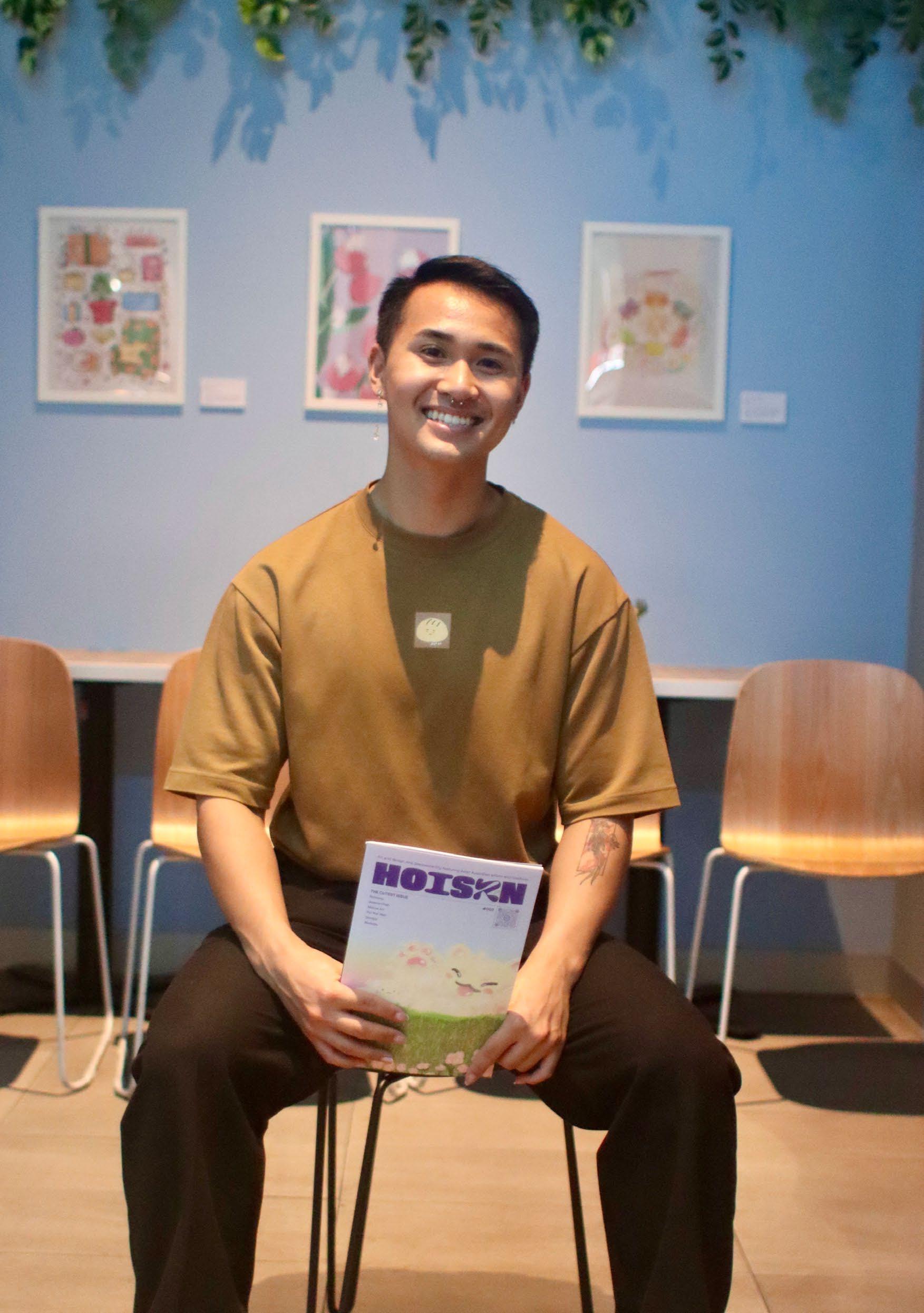
WITH DAN TR ƯƠNG FROM HOISZN
Meet Dan Trương (he/him), founder of HOISZN, an art and design zine predominantly featuring Asian Australian artists and creatives. Dan was a contributor and cover artist for GenZine Issue 5: Growing Pains. We sat down with him to learn more about his connection to his roots and community art-making.
Please tell us about yourself!
I was born and raised in Naarm/Melbourne. My parents moved here from Vietnam in the late 90s, to Boronia, which is where I grew up. I went to Swinburne University to study communication design and after uni, I was just exploring art as a creative does… I came to realise that I wanted to create a magazine, and that eventuated into the magazine I run now, HOISZN, which celebrates Asian Australian creatives.
What are your roots?
My family are Vietnamese migrants. Growing up in a low socio-economic household to migrant parents has had a big influence on me. While my parents didn’t come here as refugees, I did have uncles and aunts who came here as refugees. There was still a refugee and war-affected sentiment in my upbringing, and in the way that we were raised. That scarcity mindset – ‘don’t be wasteful, be grateful for everything that you have’. A real sense of community has been ingrained in me, too. My family were able to escape the war in Vietnam only due to the kindness of other people who were able to give away money and lend resources. In times of war, people are always helping each other.
And I relate to that - embracing community and making other people’s lives better – I find great joy in that as well.
HOISZN magazine is a project that connects a community in Melbourne with their roots overseas. What inspired you to start HOISZN?
I was in the Asian Association in uni, and so being a part of the Asian community in Melbourne has been a huge part of my life, and a huge part of figuring out who I am and how I fit in.
On the other hand, I still felt a bit outside of it all because I’m a queer person and I studied graphic design, which is something that wasn’t common in those circles.
So, I took it upon myself to just explore further. I think a lot of what I’ve done creatively has been soul-searching and trying to find more and more about my identity. Discovering that through art has been a really healing process.
Have you found any challenges in reconciling your roots with the threads of your present self?
I grew up in a Vietnamese household and was one of six people of Asian descent in my year level.

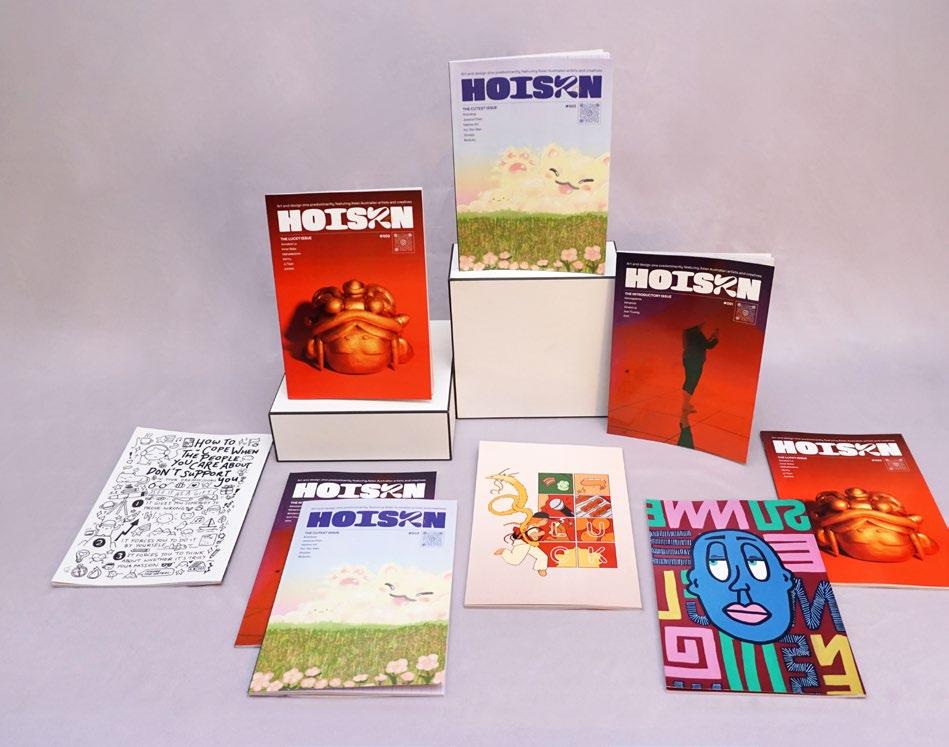
Of course, there’s the classic story of not wanting to eat ethnic food at lunch because kids ask about it and don’t understand. The real struggle was not necessarily being Vietnamese. It was being a child and not having the vocabulary and the skills to explain my culture. It was very daunting for 6 year old me who grew up predominantly speaking Vietnamese to explain his culture in English to other 6 year olds.
Now it’s one of those things I’ve learned to embrace. I think it comes hand in hand with realising my sexuality. Owning it has so much power. Every time I see someone celebrating their pride or their culture, I love that so much. It makes me want to find out more about their culture, and participate more in my own.
That’s what I hope to do with HOISZN – to celebrate my heritage and traditions, and for others to feel their roots are validated too.
If you cast your mind over the four HOISZN issues you’ve created, is there a piece that’s really moved you?
It was an interview that I did with Minhy, an Asian Australian artist who was an industrial designer at Ford and felt the desire to pursue music. She was telling me about justifying her creative career. She has a creative soul but she’d always grounded herself with the mantra that her work needed to make good money; that she needed to be stable and not take any financial risks.
It was so inspiring to hear how she’d reevaluated her life. Most people don’t take the plunge with their artistry going full-time but it was really inspiring to see somebody who just did it.
She said that artists really do play a key role in society as much as engineers, doctors, lawyers and any other profession. She really dug it into me that artists synthesise the human experience, look at it from different perspectives. And people who play other key roles in our society –when they’re not working, they come home and they watch TV, they read books, they listen to music, they consume art. Art plays a really important role in the world and that was just something I needed to hear.
What would you say is the best thing about building, through HOISZN, a community who share similar roots?
Each issue allows us to explore the Asian Australian identity in more depth. I’m really looking forward to the upcoming ‘Taboo’ issue. There are so many things in our culture that we don’t talk about and I’m really interested in getting into the nitty gritty.
The community of people who contribute to the magazine has also really kept me going, especially when I’ve been burnt out and lacked motivation. I always come back to it because there are just so many people supporting HOISZN.
Think of yourself at times you were struggling with your roots. What advice would you give to your younger self?
Gosh, my word of advice… I struggled the most as a child with not having the vocabulary to explain [my culture and customs] in any way, shape or form. As we grow up though, people learn to understand each other better.
And I think everybody has healing to do for their inner child, regardless of your roots and upbringing. You don’t really have that much agency and control as a child, and while there’s not always a way out in the moment, there’s always a pathway to healing later on.

To keep up with all things HOISZN, follow them via the links below:
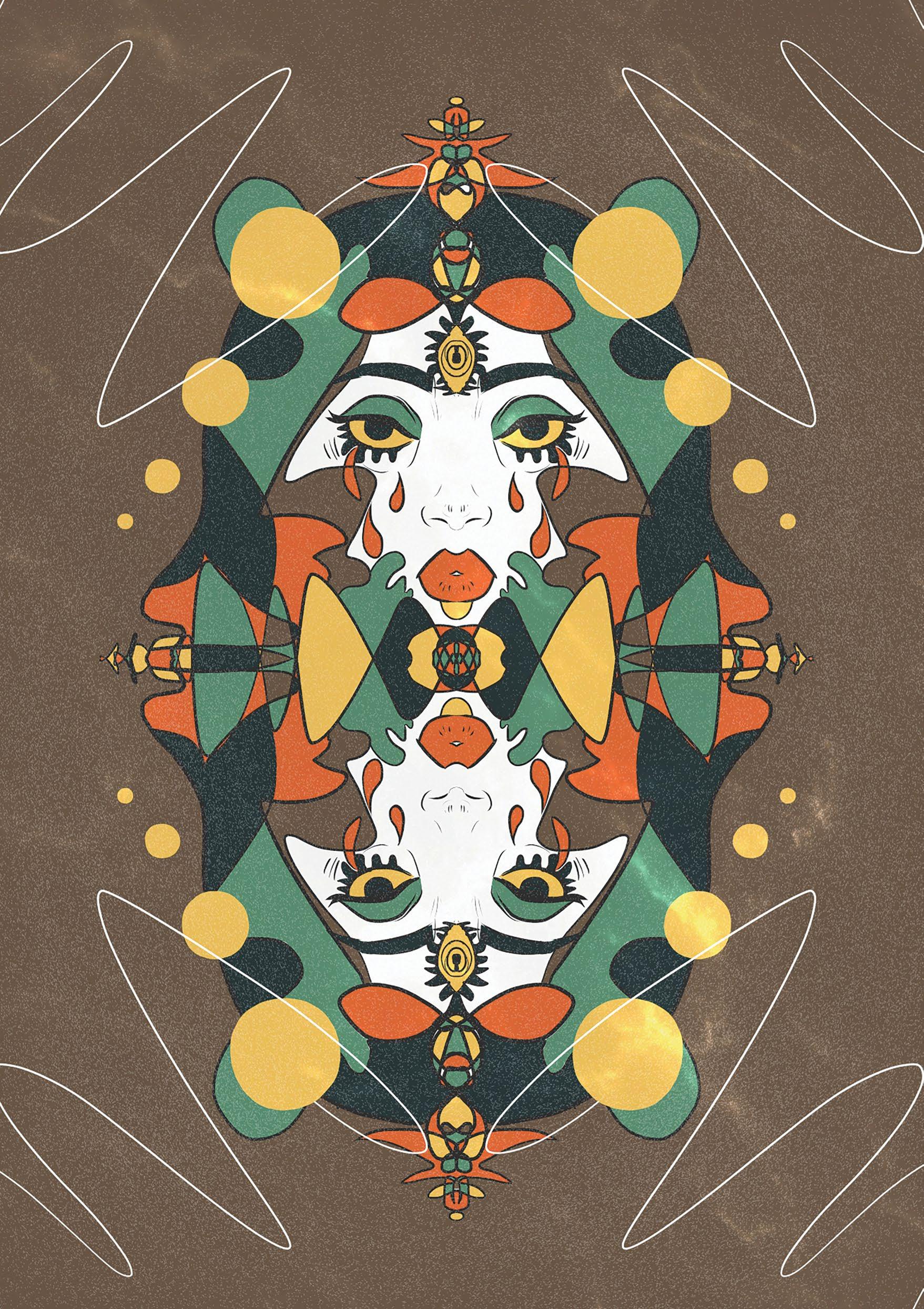
I was born with red hair, that of my mother
As an adolescent, my auburn faded to a deep brown, and her flame continued to glow and strengthen
As an emerging adult, I bleached my hair in bathrooms, watching her hair create a grey halo
Her colour fading, I realise she had lost her fire, and I was losing her
I think about dying my hair red once a day
I think about how I would look too similar to her
I think about how that means I could never face my reflection without a feeling of loss and longing
I think about her flame extinguished, while mine only shows sometimes
A box of red dye sits under my sink, beaconing for me to try to bring her closer once more
However I know deep down, the brown will forever re-emerge from my scalp, and she will not ignite again
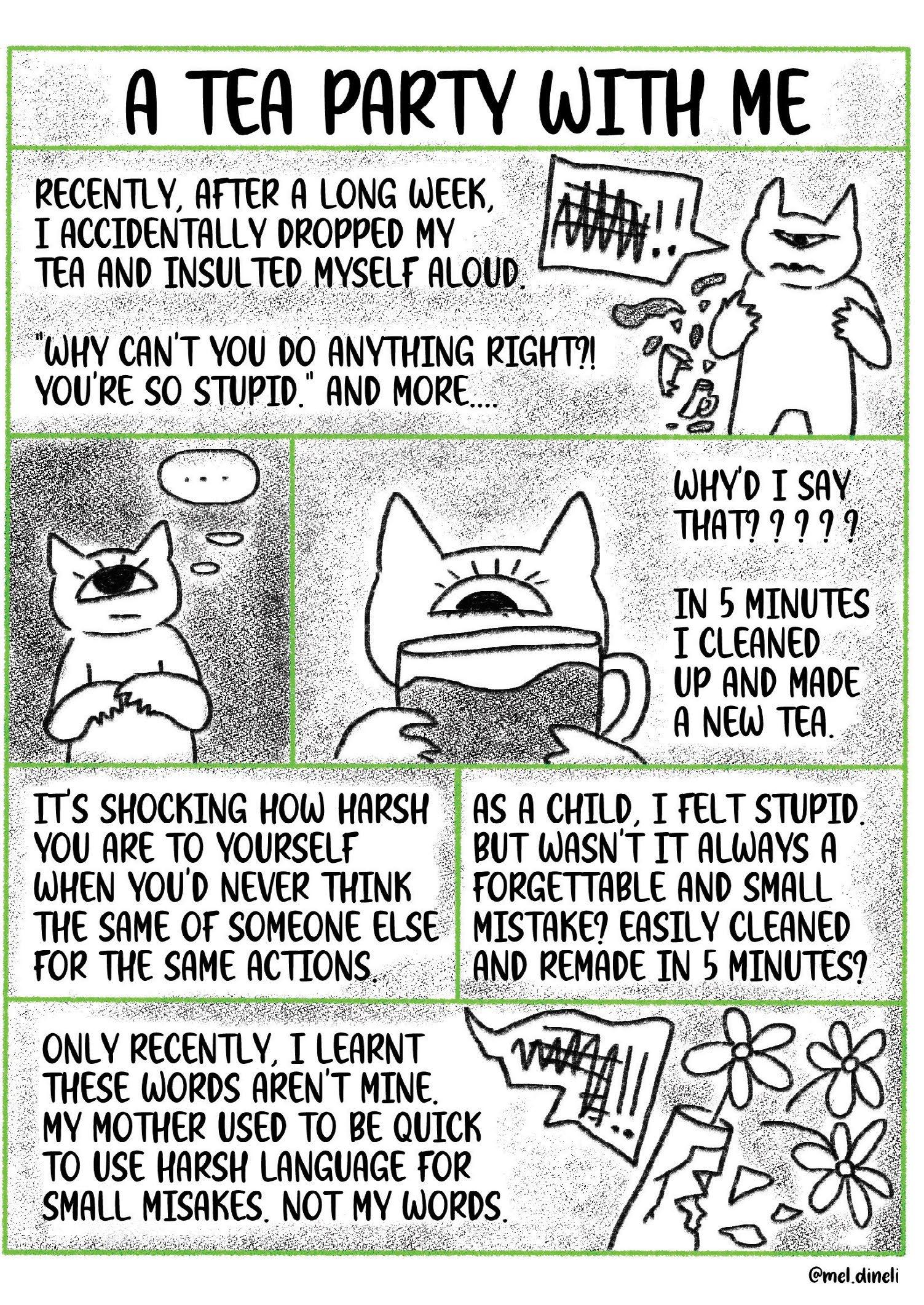
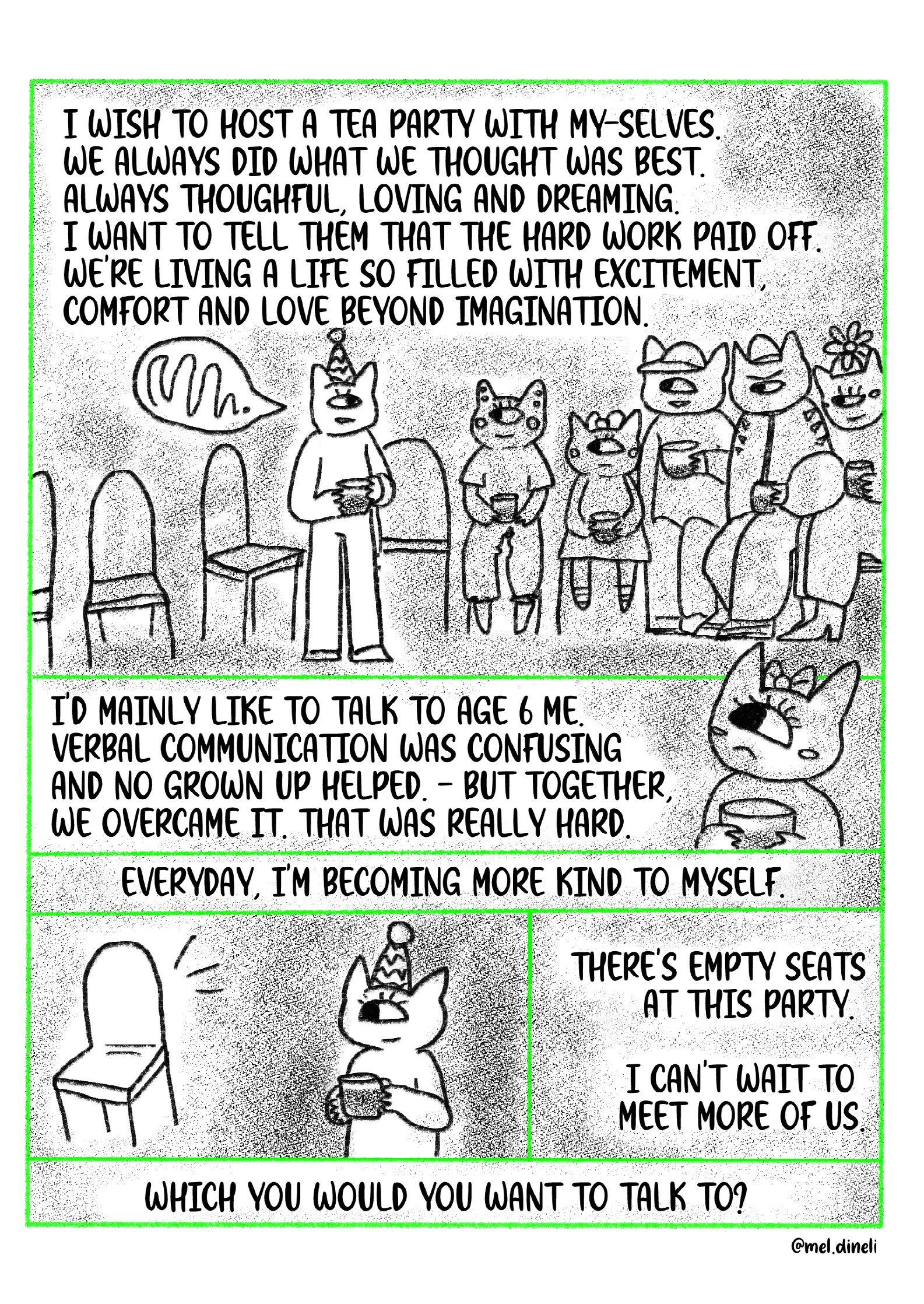
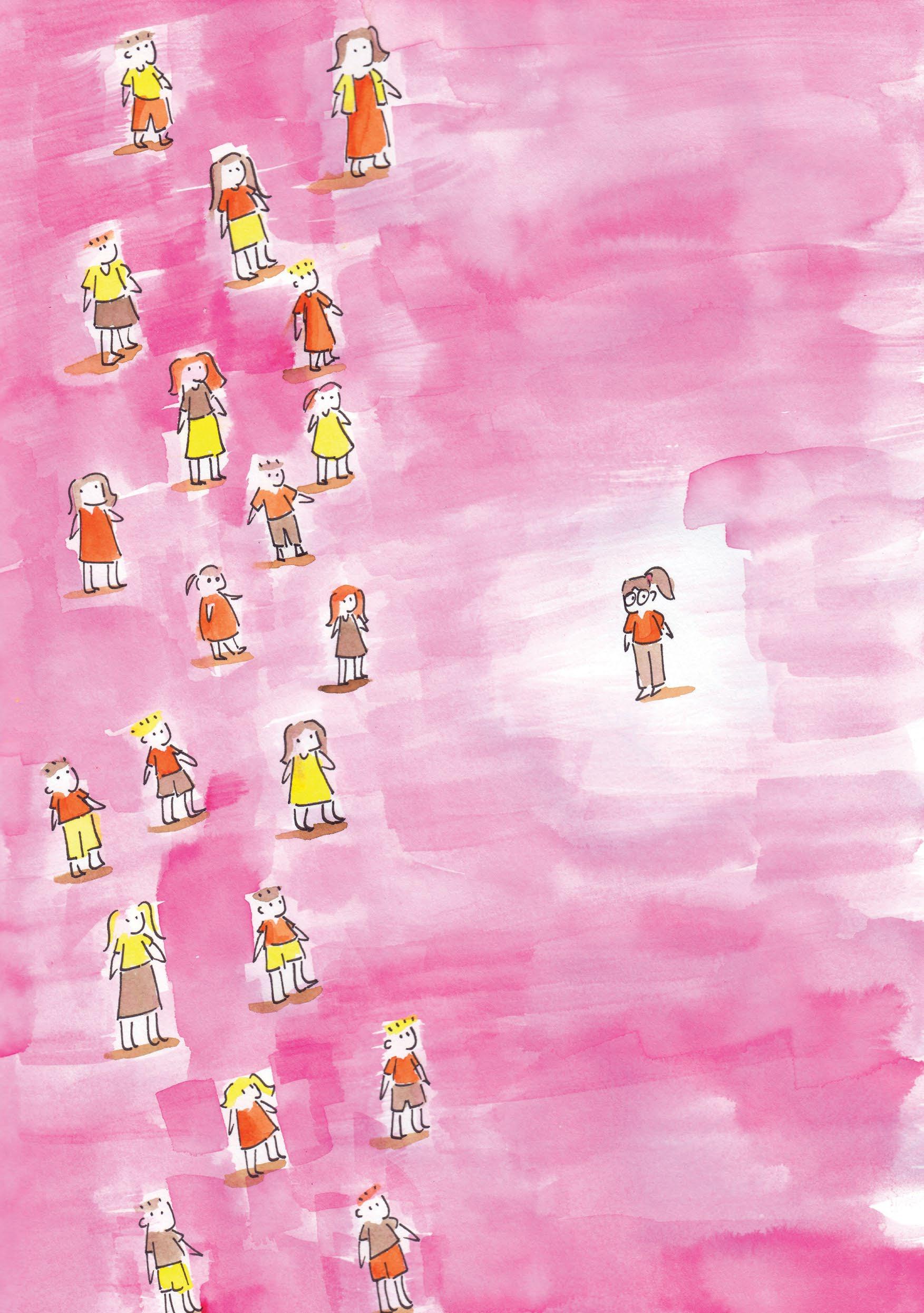

Elizabeth Bantas
I left home when I was still a youth. My journeys always traced a line going sometimes North and sometimes South, but always out from the town where I was born. I got used to never sleeping in the same bed twice. Now I am a well seasoned and experienced traveller, and there is not a city or a custom in the world that is strange to me, or so I thought. Because one night I travelled further than I had ever been, and walked in a land of gentle hills and creeks that recalled my childhood. From a country lane I strode through a row of trees and found myself stunned, for it was a novelty to me to come across anything which was familiar.
I saw the road that led down to my house, which I had not seen in years. It ran across the side of a hill, and below it was a field, in which horses grazed.
A girl, the very same girl I had been when I was young, sat amongst the grass and stared out at the sky. It took us a moment to recognize each other. I was happier to see her than she was to see me.
‘So, you’ve blown through town again.’ she said, reproachfully.
‘It’s taken me a while to get back. Maybe I’ll stay for a bit.’ I said.
I joined her in the grass. We sat together in silence for a while. We were just below the crest of the hill. Pines blocked our view downward, but I knew the main road through town was there, humming every minute or so as a car sped through. Above us the sun was filtering in through the clouds. It was something in the way the light hit them, they looked as big as the mountains in the high ranges, monuments in the sky.
‘You’re late.’ she said. ‘The funeral was yesterday.’
‘She was a good woman.’
‘Better than you turned out to be. And now she is going into the soil. The same soil we make here, everyday, when we wake up. We rise, and our worries shed off of us, and mix down with the fragments from our daily work, and we sweep it away, and it becomes the dirt, the topsoil that sustains us and roots us against the storms.’
She was not saying it for my benefit. It was something she had been dwelling on for a long time, had picked at like a scab.
I had thought along these lines before. She saw her invective was not getting through to me.
‘When you die, you’ll die alone, and your body will wash into the sea.’
I thought of the things I had seen. The pyramids, the glass desert, the golden bridges of the Danube. Each so great, so sublime, each one as great as the sky and the millions of miles of space in between the stars. None of them had an answer, had anything to say, about the funeral, the private grief of someone who had secluded themselves in mourning. None that I could relay to someone so hurt, at least. So I was silent. The only comfort I had was that she would see it my way, eventually.
Elizabeth Bantas (they/them), A Return.

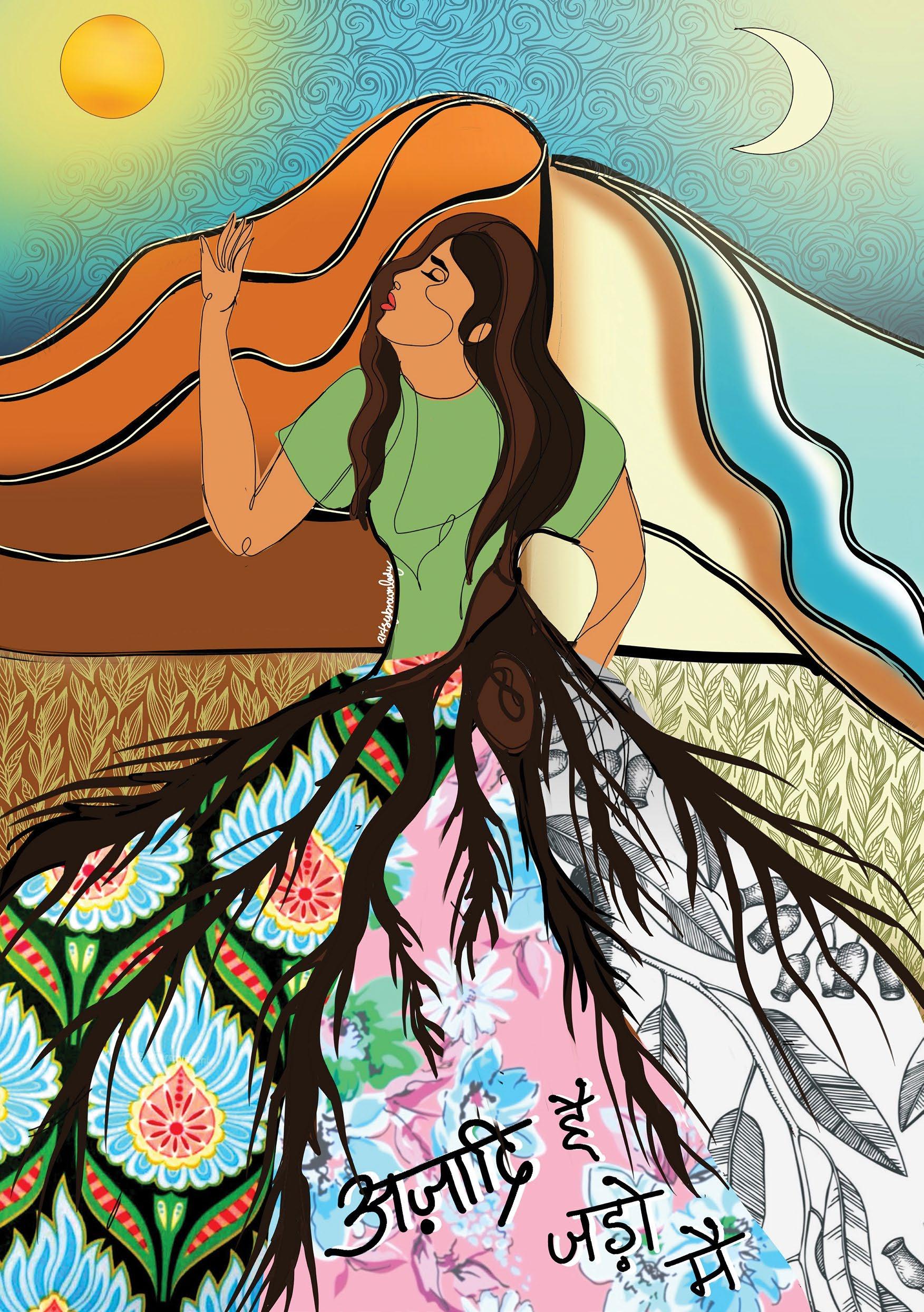
Gurvinder Kaur
/
I don’t belong to your land, how do I find my roots here?
I no longer belong to my land, how to stick back my roots there?
I belong to the sky, I’m child of the winds now I sing lullabies of freedom now
And then I am reminded of another that left her lands and uprooted herself to make her nest elsewhere,
When I’m from the clan of her I am reassured that perhaps one day my roots will find their home


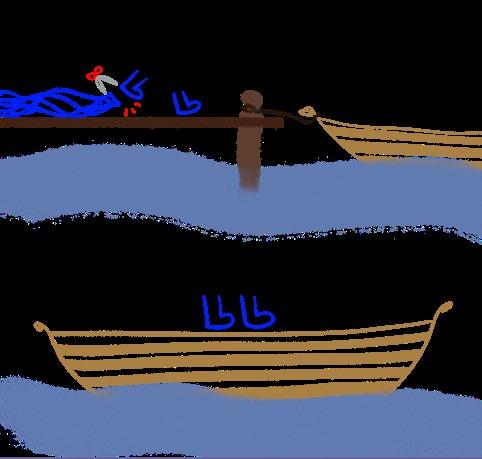


Lou Solomonides /
I speak my own language with the accent of a foreigner.
When I visit my home country, they do not welcome me home, they ask me where I’m from.
Where I live, in Australia, they know that I am not their kin, and ask me where I’m from.
If not here, then there. If not there, then where? If not where, then who?
I am from women who did not wait for their families’ permission to move to this country.
I am from women who escaped genocide with daughters, but without husbands
They are within me always.
I am from a small backyard in the shadow of the pyramids.
Είμαι
I am from a garden with goats. Είμαι
I carry their culture in my fingertips, in my heart, in my hair, in my skin,
In the stain on the wooden spoon in my kitchen, and in the faded yoghurt tubs on my windowsill.
I am from islands and mainlands and empires and wars and farms.
Από
From blue eyes and brown eyes and gold and God and gods.
I water it into my garden beds and leave it behind in my footsteps.
Where am I from? I am from them
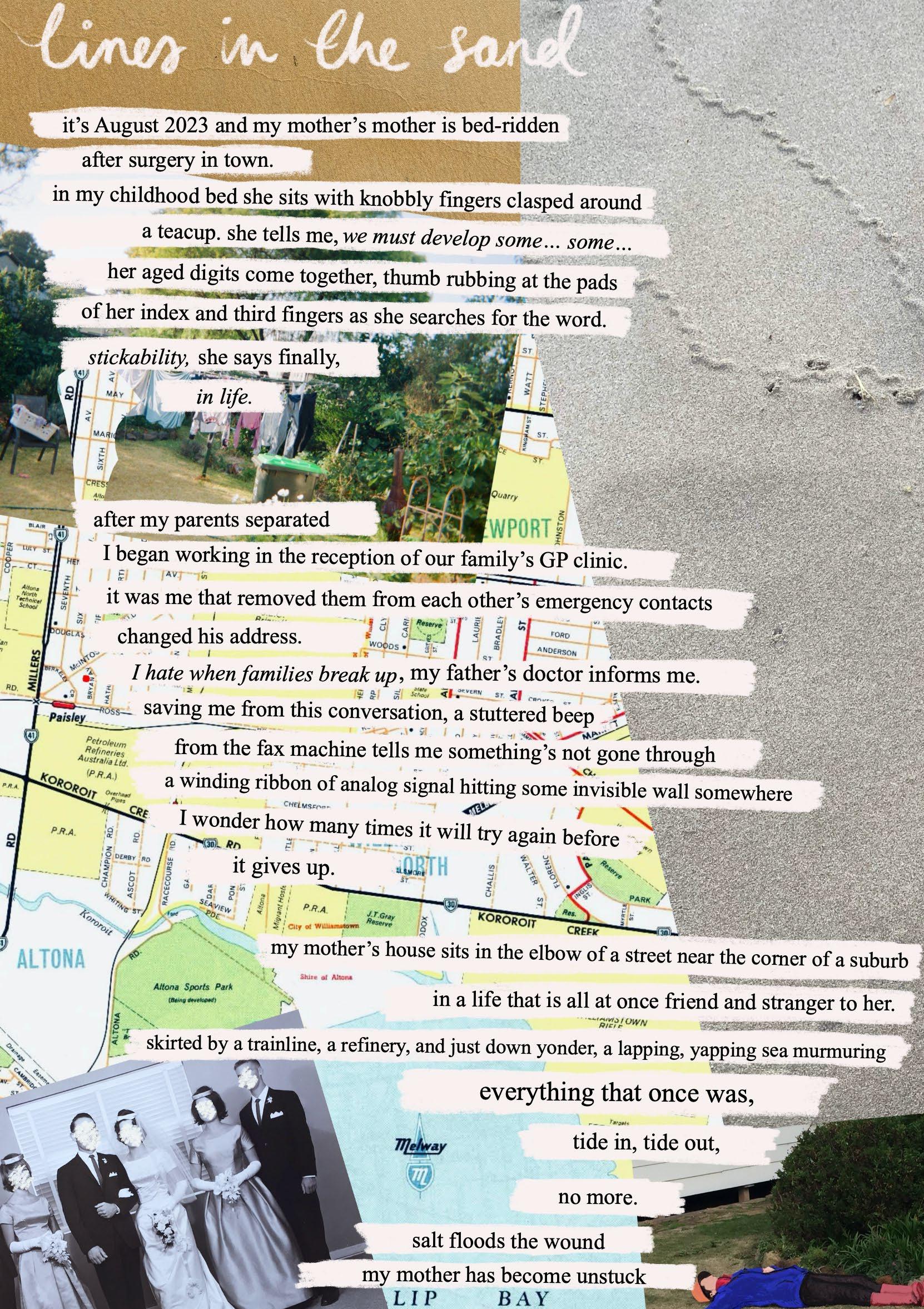

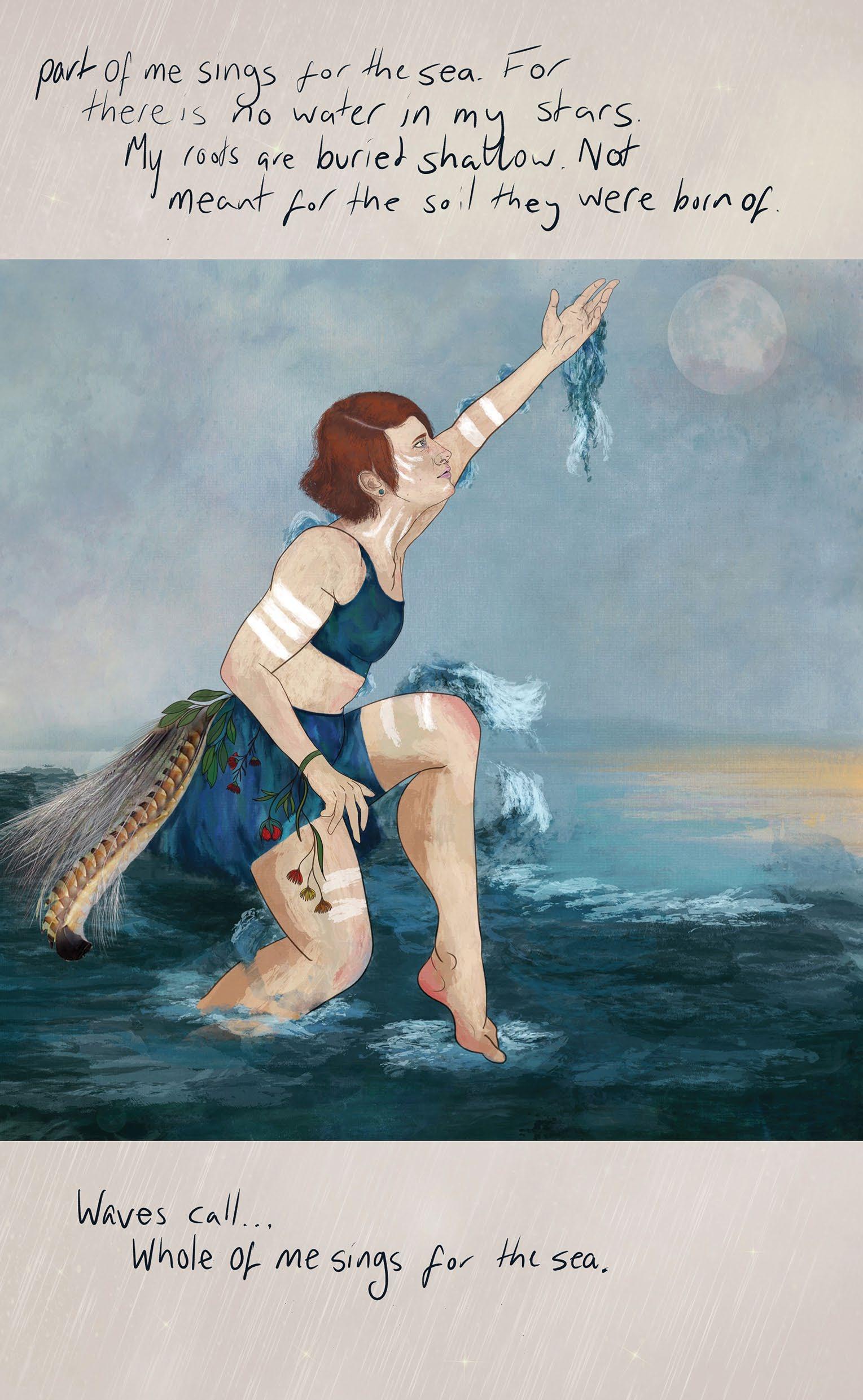
/
It is the crisp cold that reminds me. Even now, the Moon is weeping. still
the echo of her sapphire glow and protective shadows watch us. Her starving children she grieves the fair economies. buried blood, merely collateral of the Cross and Crown. Our displaced identities diasporic. exploited misunderstood assimilated normalised clutching ashes of ancestral treasures and a discarded world her ghostly eye yearns to show, jewels that bind our blood together. our stolen inheritance from Bathala, necessities that we can never truly know.
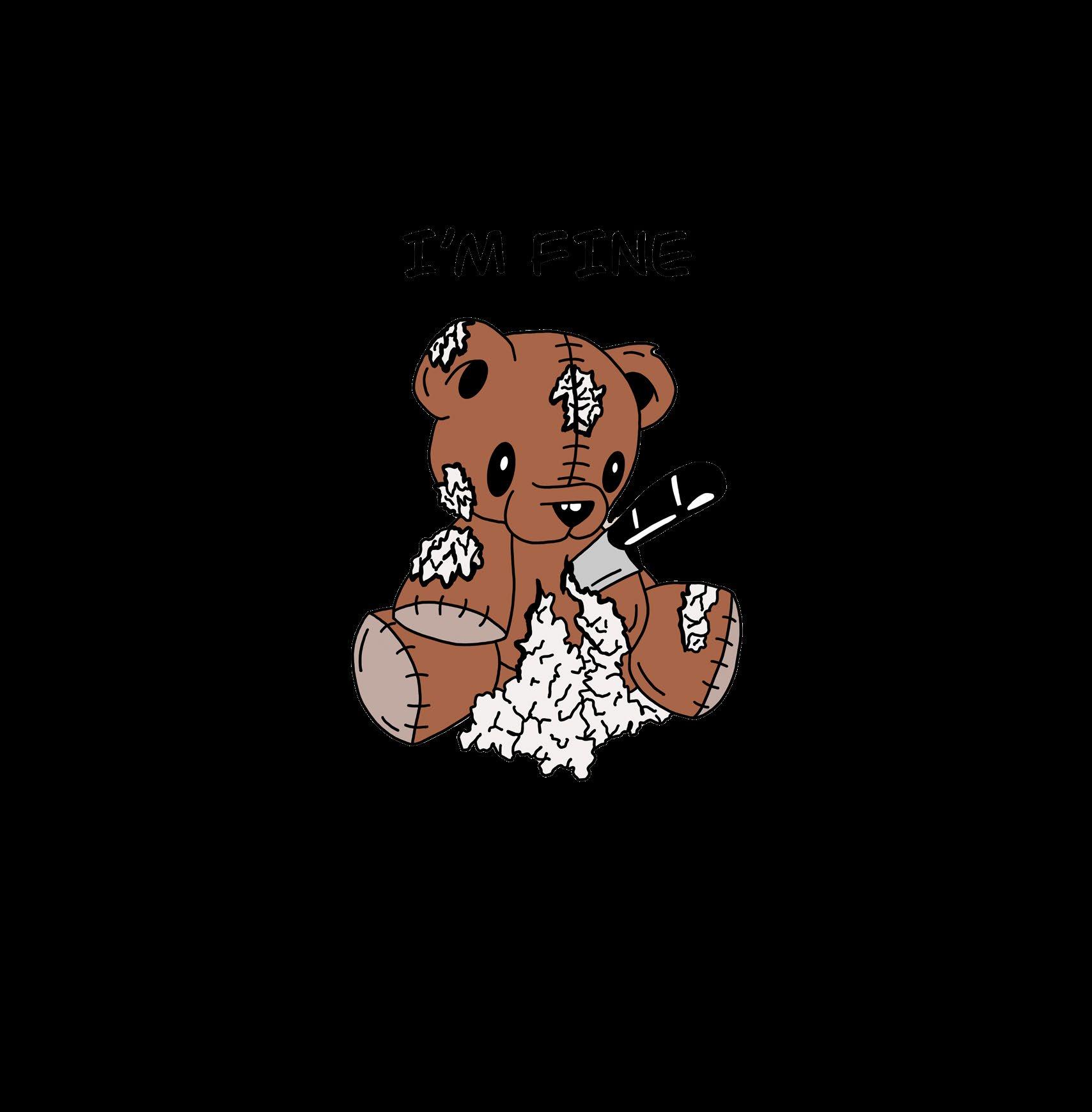

“ ... in a capitalist world that profits off objectification, sexualisation and disconnection, loving and romancing our friends is a powerful act.’



Hannah Veljanovska (she/her) /
Let's fossick around in the dirt of cultural norms and get a glimpse of what’s underneath; the unseen roots of love and intimacy in our society. How deep do these roots go and how did they grow so knotted? Let's disentangle them together, so that our roots can grow stronger and deeper, so we can grow from a grounded place allowing our branches to flourish.
Heya! It’s me again - ya celibacy cutie and it’s been nearly 2 years of celibacy. If you want to hear the goss from my first year of celibacy, check out page 12 in issue 5.
Another cycle around the sun, and what have I learnt from this intentional celibate era?
I have been trying to subvert the myth that we cannot live rich and fulfilling lives without a sexual romantic partner. I have been trying to deconstruct the hierarchy of love in Western colonial society; the belief that the pinnacle of love is a cis man and woman in a romantic, sexual
monogamous relationship. Instead, I’ve been trying to affectionately pry this apart by romancing my friends, loving fiercely and living deliciously. This looks like charming picnic dates with friends, intimate home foot bath experiences, sending my friends love and appreciation letters and voice messages, cooking with friends and sharing candlelight dinners. Basically, doing everything that would be classed as “romantic” in a sexual relationship with all my loved ones, and woah, the love and fulfilment is tenfold.
Instead of love being precariously sourced and hyper focused on “the one”, it is shared with all my loved ones. Instead of seeking love, intimacy, comfort and companionship from a single person, it is shared with a diversity of people, all of whom bring out a different facet of myself.
I also want to acknowledge that celibacy isn't all love and light. It can be tough and boring some days. Sometimes it looks like crying hunched over my journal pouring out all the things that make me feel lonely or basic or both. Some days it looks like slow walks in the forest holding my own hand. While it has its sobby moments, there have been some soft tender moments of selfexpansion and joy.
One of the things that has been bringing me joy on this solo voyage is examining romantic rules that live rent-free in my brain. I have been enjoying the mischief of questioning and challenging these relationship regulations.
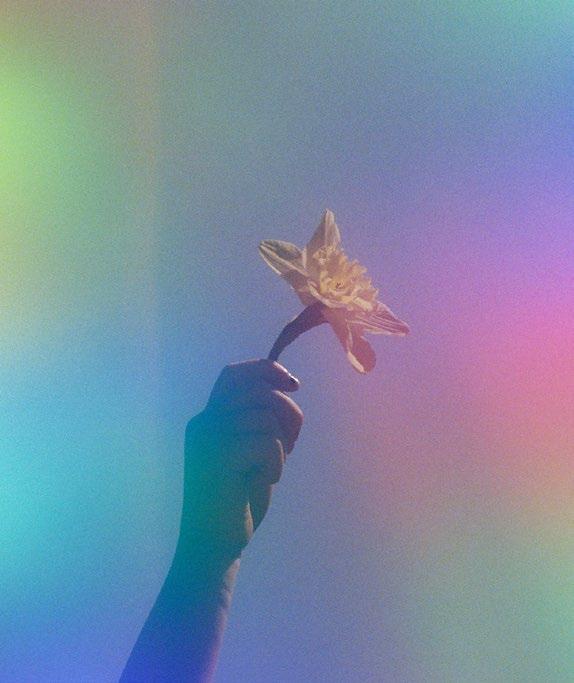
Here are some silly rules that I have been cracking open:
1
Only my sexual, romantic partners can see me naked.
This sends the message that naked bodies are inherently sexual and only for sexual pleasure. I have been enjoying naked swims with friends as well as nude modelling and seeing my naked ass as literal *art*.
2
Only men buy women flowers.
This sends the message that only women can enjoy flowers and beautiful things. Giving my male friends flowers is the most wholesome and funny experience. They are a little confused but genuinely delighted by the gift. I don’t want the only time I get my brothers flowers is at their funeral.
3I can only be physically intimate with others who
I am in a romantic, sexual relationship with.
This sends the message that being physically intimate is inherently sexual. I enjoy hugging people I love and one of my favourite activities is wrestling! Have you ever felt and celebrated the power of bodies playing together? How our bodies can dance, sweat, laugh and be silly billies together as friends (or competitors)?
I don’t know who made up these ridiculous rules, but I know they were definitely missing out on the fun of loving freely and abundantly. So the next time I might feel weird or awkward; about throwing off my clothes and joining my friends in the sea, or throwing my arms around cute people in my life (with enthusiastic consent of course), I try to remember that I am a whole human. That love and intimacy can be expressed in many more ways than just the sexual monogamous relationship format. That sharing love and intimacy with many people in my life allows me more opportunities for different sides of myself to emerge.
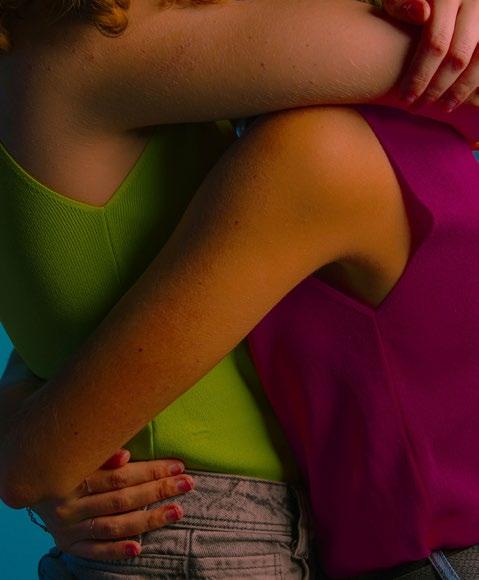
Remembering that, in a capitalist world that profits off objectification, sexualisation and disconnection, loving and romancing our friends is a powerful act. That celibacy isn't a suppression of our primal instincts, but an exploration of it. It can be an opportunity to unravel the boundaries of how we conceptualise, express and accept love.
Let's love and romance our friends, and maybe when we are ready, we can allow sex to flourish from a place of wholeness, connection and agency. Sex and celibacy are both deeply human experiences that are meant to be honoured and shared as the sacred processes that they are.
So, dear reader, how are you romancing your friends today?
.
Love and hugs, Hannah Veljanovska (she/her)
Naomi Chiba /
I like the engagement photos on Instagram as I sip my coffee. I react wow to the LinkedIn posts and panic internally. I shove my face into others’ flowers, blooming in all colours and shapes of life, and compare them to the bareness of my garden, left behind in the winter shadow. Artworks grow underground - writing, deleting, and writing words that may never come to light. But as I bury myself deep into my flower bed, I want to remember that this moment is part of the process. The Spring will arrive when it’s ready.
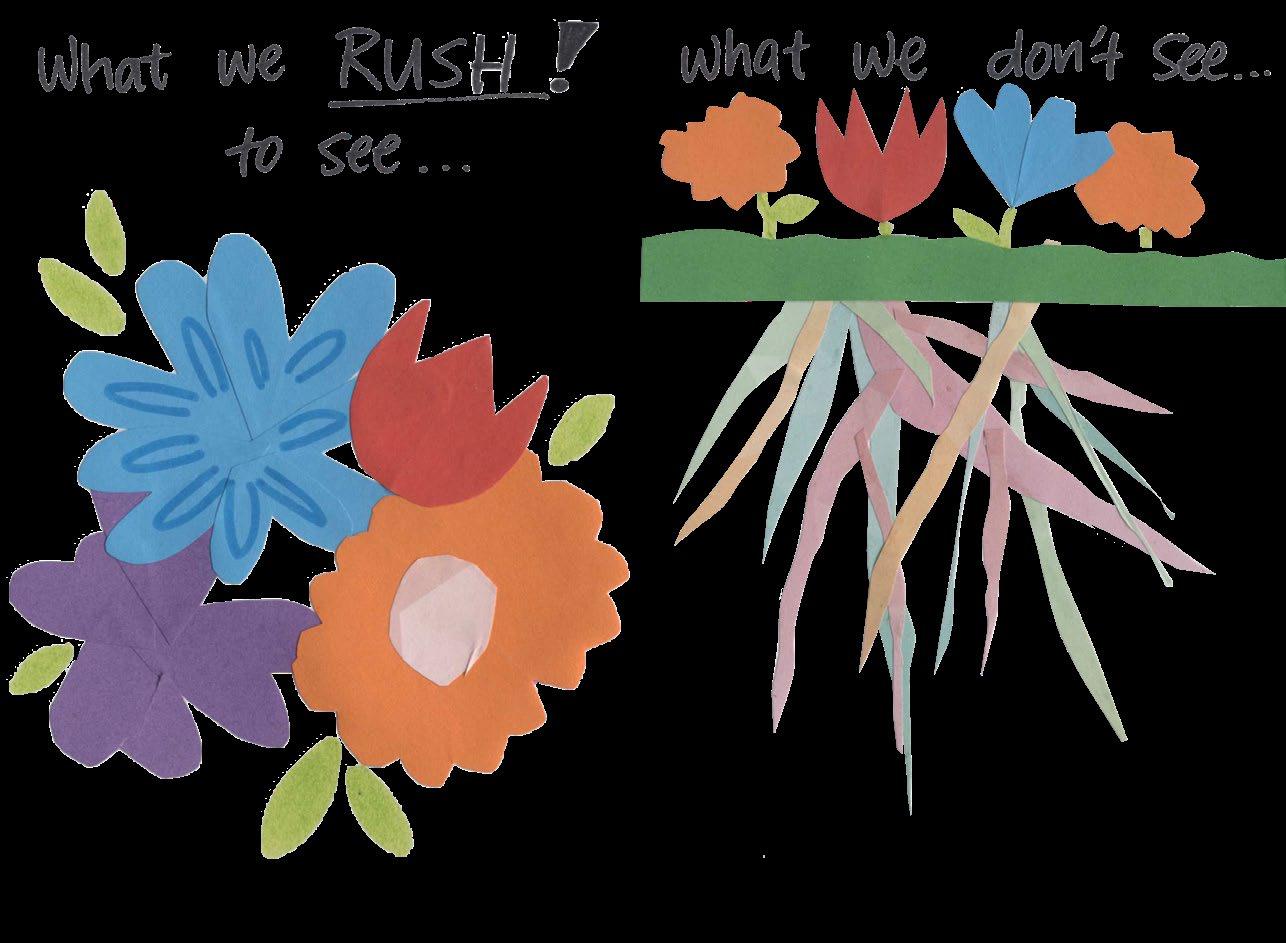
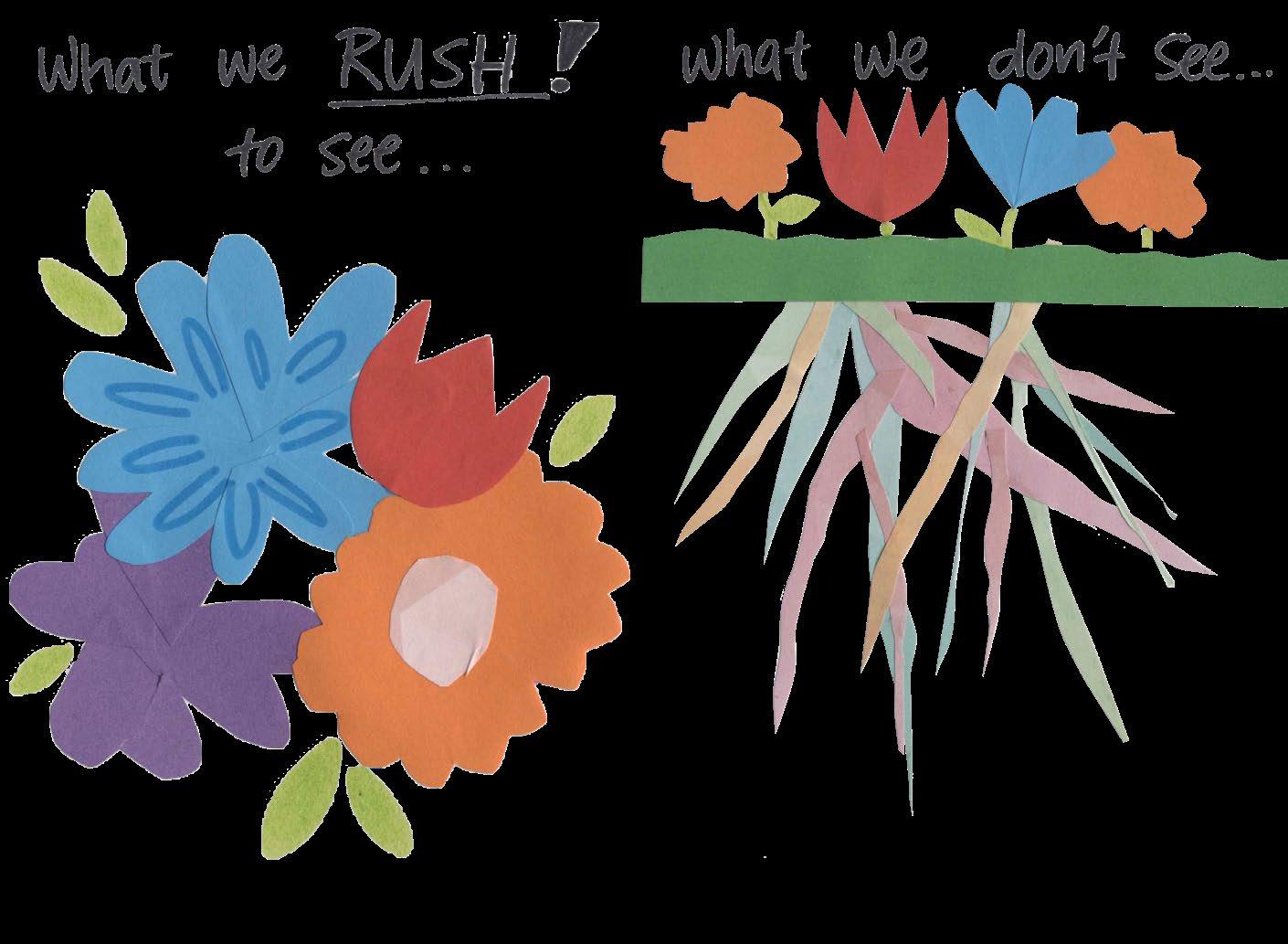




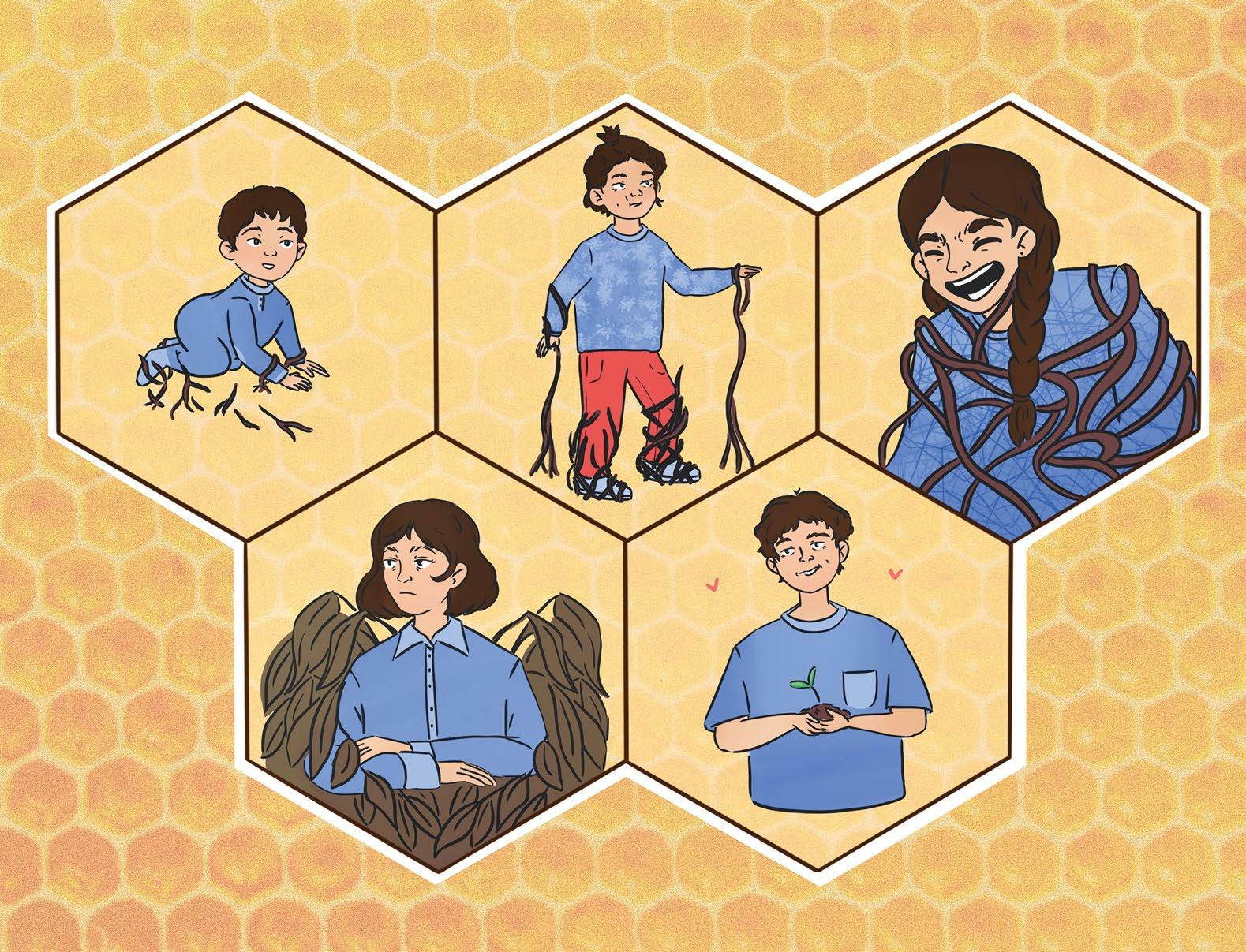
Justin Banks / Plant
We begin our journey as small beings eager to see what life has in front of us. Establishing one’s base allows us to prosper and grow. Through this time we are often guided by those we trust. It is not until we learn what we value, that we are able to begin the next stage of our life.
Firmly establishing our beliefs, we are able to branch out and begin interweaving our lives with others who share the same beliefs. During this time we experience a range of trials and tribulations that all the while continue to build us into strong individuals. This stage presents challenges that help focus our ambitions and help our soul deepen its understanding of the world.
This is it, the stage that insists we are the perfect individual. This stage, however, presents the hardest challenge, in that we become experts and have fully grown into the humans we need to be. The challenge with this is understanding that we are not always this perfect individual. The way to get there is starting back at plant and going over and over again until we feel we have become the best versions of ourselves.
At the end of it all, you’re truly being the best that you can be, no matter what stage your roots are in.
Justin Banks (he/him), Roots.
Rory Young /
In this moment, a moment rooted to the material world where my feet rest upon, how can I ground myself to the here and now?
How do I weave past my thoughts and habits to find myself resting and glistening within this peaceful instance. An instance where my ankles weigh into the wet sand and my shoulders sink into the shoals of this earthen world.
Where is this place located, where time floats like pollen and my thoughts vanish like crows into the night?
How do I find myself sitting there calm and present,
conscious to all the driftwood riding on the tides of the cosmos?
Will I turn to my ideas, ideas that fizz with realised thought?
No I must shy from that path, for a mind that thinks will always conflict with the body that feels.
I must turn to my senses, but where are the arteries that emerge from my soul and plunge deep into the earth? It is my smell, my touch, all that I choose to feel.
These senses of mine are like the swollen roots of mangrove trees, always present they are and yet sometimes they are out of sight, obscured by the salted brine that is washed in. Maybe all I need to do is wait, wait long enough that I begin to locate myself to the here and now. I must wait till the water has cleared and I feel myself bound and woven to this earth.
Once the tide is low and my salted roots feel the warmth of the sun, maybe then I will feel that I am here.
I’ll be there soon.
There for myself. And there for the moment.
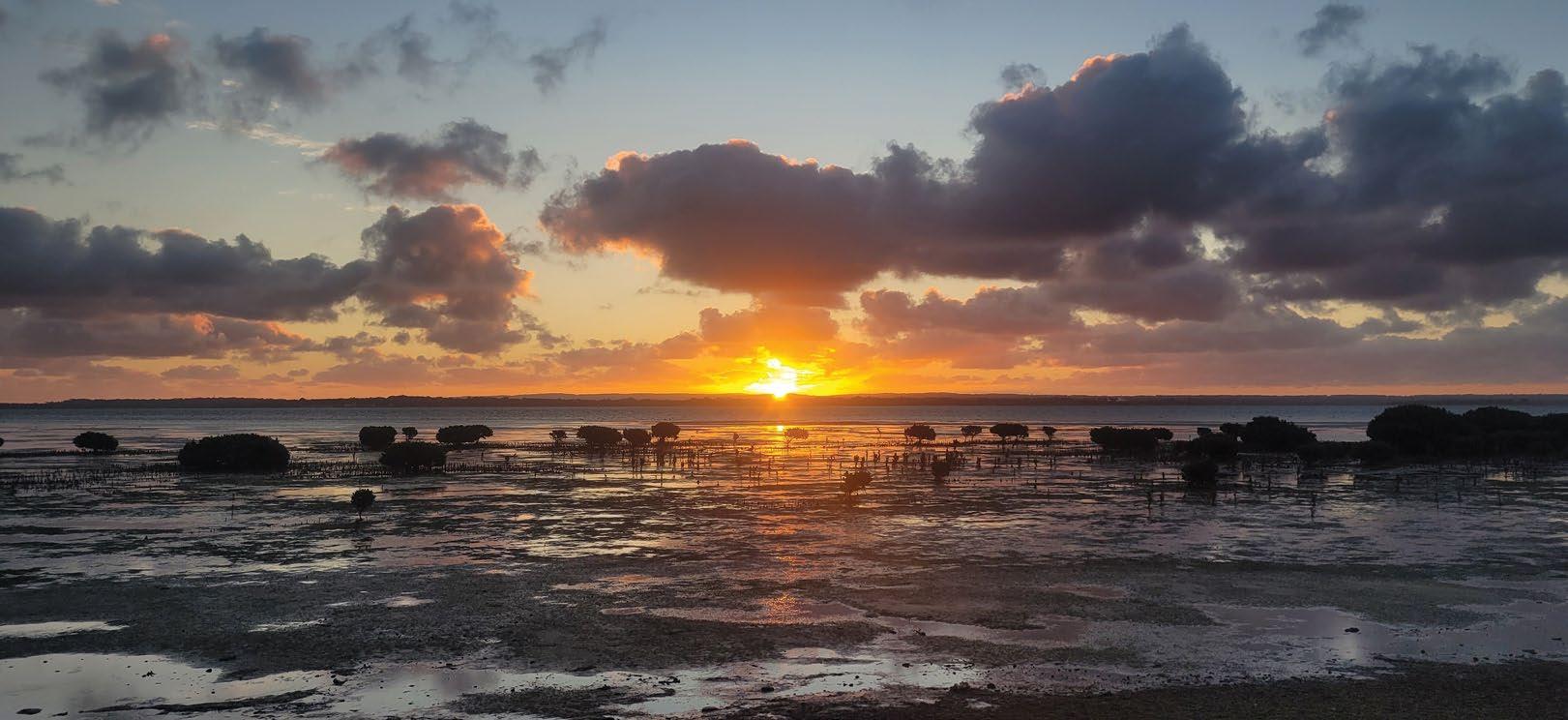
Rory Young (they/them), Rooted to the Ground.
12–13
Kayley Woods (she/her) | @heykayley
Stuck with chronic illness
6
Peter Spring (he/him) | @pet3rbread
Untitled
This is the only city I know. This work showcases how I navigate the current world from past experiences. I need guidance and other times I need to be by myself. Learning from the past to now, and into the future, which has always been uncertain.
7
Stephanie Cini (she/her)
Human. Nature
8–9
Sarah Glover (she/her) | @sglover_artist wherever i go
Over the past few months, I’ve been stitching threads into a piece of blank fabric. I’ve been weaving these threads amongst each other, embroidering my history, one stitch at a time. The threads create a path, winding, tangled, and often chaotic. They are the roots of where I come from, where I am now, and where I am going next.
10
Elsie Daddow (she/her)
Threads
I often reflect on my faith, which, while important to me, is very different to that with which I was raised. I also often miss my grandparents and find myself wondering what they would think of me now. I am grateful for my strong roots, and although my life looks different to what I imagined they prayed for (especially as a queer person), I can see the threads of their love and their lessons still in my life.
11
Mel Dineli (she/her) | @mel.dineli
Love is Melting
Feeling love is to feel at home. The work visualises how loving or being loved feels - warm, soft, fuzzy and melting. This piece encourages you to think of times when you felt this way in your own life.
A graphic about accepting chronic illness and the complicated roots beyond the surfacelevel symptoms. I live with Hypermobile Ehlers Danlos Syndrome (hEDS) and Postural Orthostatic Tachycardia Syndrome (POTS) along with other comorbid conditions. Young, neurodivergent women like me make up a large patient demographic, and it feels like that’s at least part of the reason the medical system has abandoned us. There is so much grief associated with failing health… and it takes over like a hideous weed I can’t pull.
18
Mel Dineli (she/her) | @mel.dineli
Starburst
Inspired by a kaleidescope, this piece starts from a centre point and then explodes out. The work is inspired by the feelings associated with the ability to express yourself.
19
Caylee Thunder (she/they)
L’Oréal Paris #5.66 ‘Cherry Red’
Once hearing that the prompt was Roots, all I could think about was the changing of my mother’s hair towards the end of her time on this Earth.
This poem is a look into my grief, and the cycles of daughters growing closer to what their mother may have resembled. I hoped to capture the helpless desire to become her, and the fear of longing for a time that you cannot experience again.
20-21
Mel Dineli (she/her) | @mel.dineli
A Tea Party With Me
As you age, you evolve and retain parts of your previous selves - like your roots. As a queer person, my past selves change physical presentation, perception of the world, interests and personality. Something you didn’t appreciate in childhood may be something you later look back on and get inspired by.
22
Lily Nguyen (she/her) | @comicsbylily Uproot
‘Uproot’ is an illustrative piece to showcase the loneliness of moving to a new space. The move itself began as an adventure but then flowed into waves of loneliness, confusion, and isolation from trying to get comfortable into a foreign place. Canberra is my new home and I miss my friends and family from Melbourne. However, this move was a pivotal shift for me to explore new places and get out of my comfort zone while I am still in my 20s!
23
Vera Row (she/her) I am a Flower
24
Elizabeth Bantas (they/them) A Return
After I heard about the theme of ‘roots’ my mind went in a couple of different directions. The one I settled on was the idea of being rooted in a place. I also wanted to reclaim social positions with more masculine connotations [the idea of being a wandering traveller, or a youth] and explore how they would interact with the experience of womanhood.
25
Elijah Cristiano (he/him) @elijohnphotography
Reminisce
The depiction of the artist in his Grandmother’s house wearing her dress acts as a conduit for him to reconnect with elements of his past self, reflecting on the ways in which his gender identity has shifted over time. This work encourages viewers to reflect upon their own identities and consider how familial attitudes limit and enrich queer self-expression.
26-27
Gurvinder Kaur (she/her) | @artsybrownlady
There’s freedom in my roots + Nomadic beginnings, journey of finding my roots
For a migrant, the theme of roots brings up a deeper feeling, a feeling of belonging and at times not belonging.
While creating this artwork, I was reflecting on how hard it is to develop roots in a nation after being uprooted - all that I have been through over the last 9 years, and how conflicting it can be to belong when one faces discrimination in new lands.
The artwork is a journey of finding a foundation; going through darker spaces within, just like roots of plants. It is also a message of hope to those who might not feel like their roots are set - things do get better.
28-29
Lou Solomonides (they/them)
Μετανάστευση (Immigration)
Culture Displacement
These works are an exploration of my cultural identity, interpreting GenZine Issue 6’s theme as ‘Ancestral Roots’. Both works illustrate finding belonging in family, being “from a people, not a place; from my ancestors, not a country; from the roots, not the soil”.
The written work ‘Culture Displacement’ references the Greek-Armenian Genocide of 1912-1922, when my προγιαγιά (greatgrandmother) fled from Σμύρνη (Smyrna) in Türkiye to a nearby Greek island, Λέσβος (Lesvos), where my γιαγιά (grandmother) was then born. I grieve for the ongoing genocide in Gaza, perpetrated by the settler state of Israel, and all my actions support a Free Palestine. I am a descendant of refugees and immigrants; I am also a settler in this country of so-called Australia; I live on the stolen land of the Wurundjeri and Boonwurrung Peoples of the Kulin Nation. These truths cannot be separated from my works.
30-31
Isla McKenna (she/her)
lines in the sand
32
François Altoff (he/they) | @darlingsparks Sings the Sea
On reconnecting with my First Nations heritage and finding the places where my roots belong.
33
Jona Eselaye David (she/her) @jonadavid.writer
Mayari
Jona’s poem ‘Mayari’ uses Filipino mythology to express the modern consequences of colonialism, including identity discontinuity and lost cultural heritage. According to folklore, Mayari and her brother Apolaki represent night and day, or femininity and masculinity. The siblings battled over Earth until realising that both were worthy of reigning equally.
34
Jessica Vranes (she/her) @jessicavranes @wellnessbyjesslee I’m fine
When I think of roots, I’m reminded of how deeply our experiences in childhood shape our mental health. As a child, I didn’t understand the concept of mental health or even know that anxiety existed. However, looking back, I see how my early experiences, especially in primary school, became the roots of my struggles with mental health. The teddy bear in the artwork represents childhood innocence, yet it’s being stabbed, symbolising the pain of those early experiences, from the pressures of trying to fit in and never feeling like enough, even if I didn’t realise them at the time. The caption ‘I’m fine’ reflects the facade I often put on to mask the feelings I did not understand, thinking they were ‘normal’ and not going to develop into anything more serious as they did later in life. It’s a reminder that even when we appear okay on the surface, our roots run deep, influencing our emotions and behaviours for many years to come.
36-39
Hannah Veljanovska (she/her) Untangling the Roots of Celibacy
40-41
Naomi Chiba (she/her) Roots before the Fruits
Impatience is a virtue in the hustle culture, but is it virtuous to our mental health? This piece acknowledges that growth can be slow both at an individual level and as a society. It reminds us that even when the results are invisible, the progress is still happening.
40-41
Liana Gainutdinova (they/them) @bunteliane
Trapped
My artwork delves into the complex interplay between my identity and heritage. As a Tatar afab person, the weight of societal expectations and cultural norms has often felt like entangling roots, slowly ensnaring me and leading to a sense of detachment from my surroundings. Through this piece, the gradual encroachment of heritage on personal identity is documented. Today, I am committed to nurturing and understanding my roots, approaching them with conscious reflection and a willingness to challenge implicit norms.
43
Justin Banks (he/him) Roots
This is a poetic attempt at describing the human experience of growing to be the best versions of ourselves. This may resonate with you, it may not. Take what you need for when you need. Each day the sun rises we are becoming a better version of ourselves. When the sun sets we have shown ourselves that we can navigate the day and adapt to whatever comes at us.
35
Aleisha Earp (she/her) | @aleisha.earp Hierlooms
A homage to family members who have used art, literature or performance as identity expression and healing. Passing on the urge to move through darker parts of life and create something beautiful.
44-45
Rory Young (they/them) | @roryyoungartist
Rooted to the ground

If you’re even slightly curious about contributing to GenZine, please consider sending something in for our next issue! We love hearing from new folks and would be happy to have a chat should you have any questions. Keep up with all things GenZine on the socials below.
This project is supported through the Maribyrnong City Council Community Grants Program.